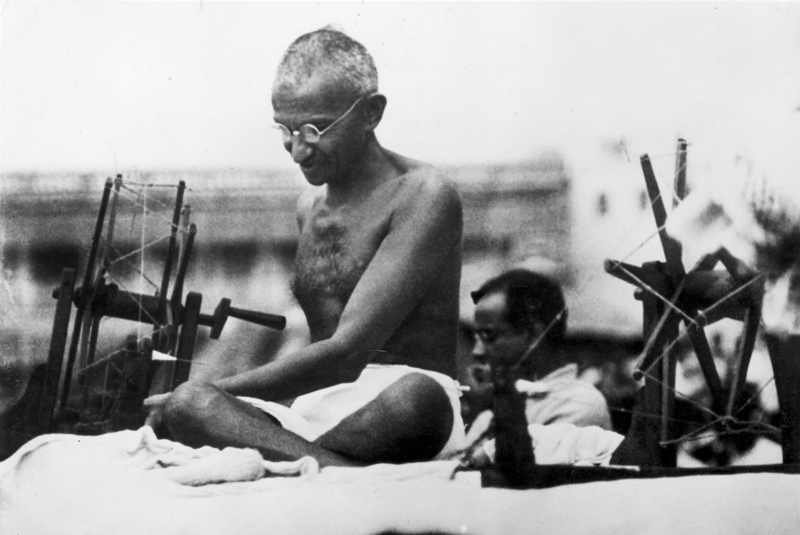Mohandas Karamchand Gandhi had a peculiar manner. He also had a distinct attire – different, at least, from his fellow freedom fighters. His ideas, too, were unique and radically different. But he knew how to persuade people of the efficacy of his ideas.
Gandhi adopted unusual methods. In the early twentieth century, when muscular nationalism and armed rebellion – previously unsuccessful methods to overthrow the colonial government – were discussed as the only means to overthrow the British, he adopted truth and non-violence to fight the colonialists.
The use of civil disobedience, prayer and non-violent resistance to champion basic human rights and justice to arm-twist the colonial rulers was unprecedented in the history of the Indian freedom struggle. In essence, he took the moral high ground, lived by his principles and used them as symbols to rally the masses. It was a paradigm shift in the history of resistance movements in India. As the historian John Keay writes:
Swaddled in just a shawl and a dhoti, with a long thin arm clutching a long thin staff, Mahatma Gandhi had quickly become the most recognisable symbol of anti-c0lonial protest. His flimsy cottons epitomised the defenceless apostle of non-violence, his stout staff declared the unbending champion of national rights.
-30-
Copyright©Madras Courier, All Rights Reserved. You may share using our article tools. Please don't cut articles from madrascourier.com and redistribute by email, post to the web, mobile phone or social media.Please send in your feed back and comments to [email protected]











